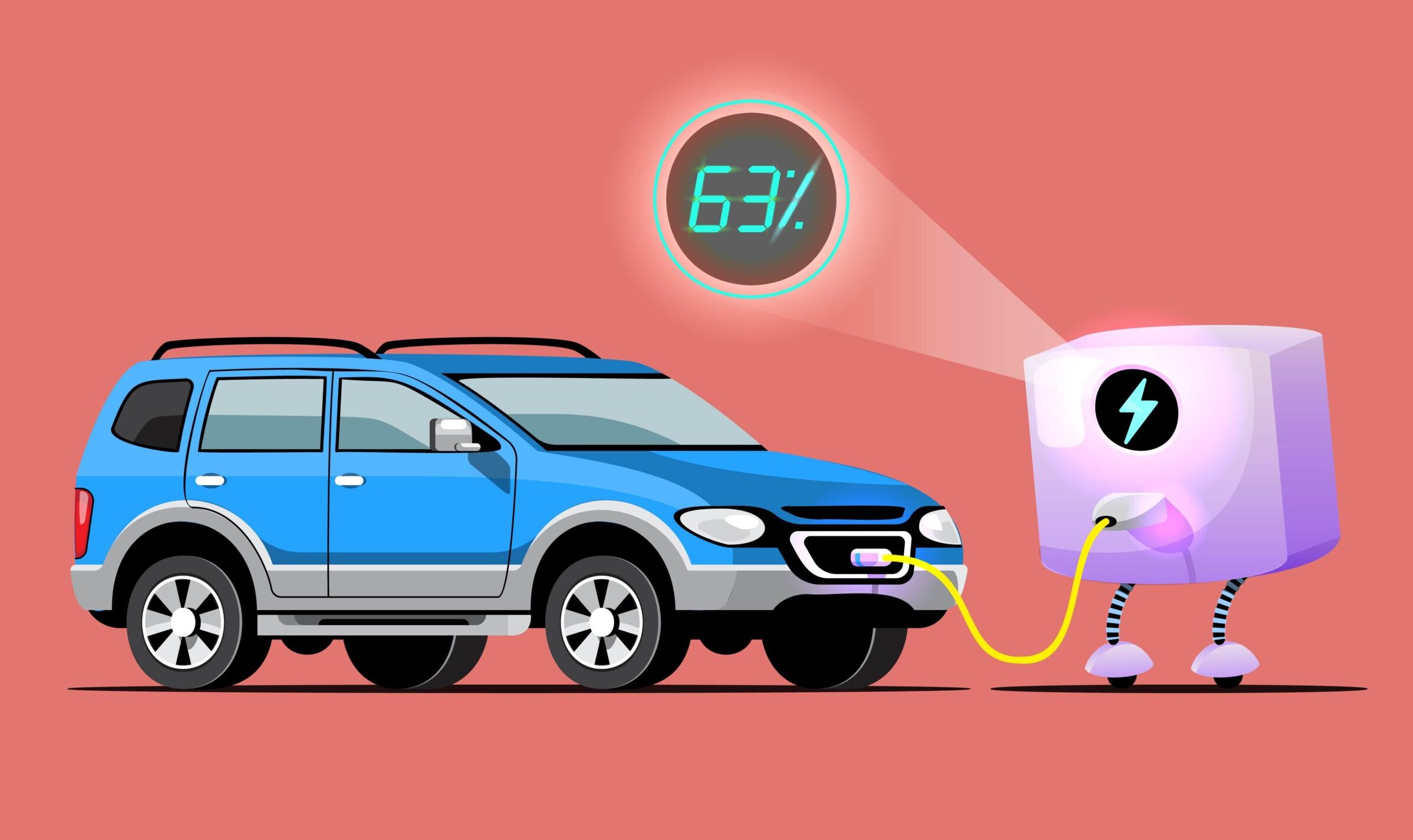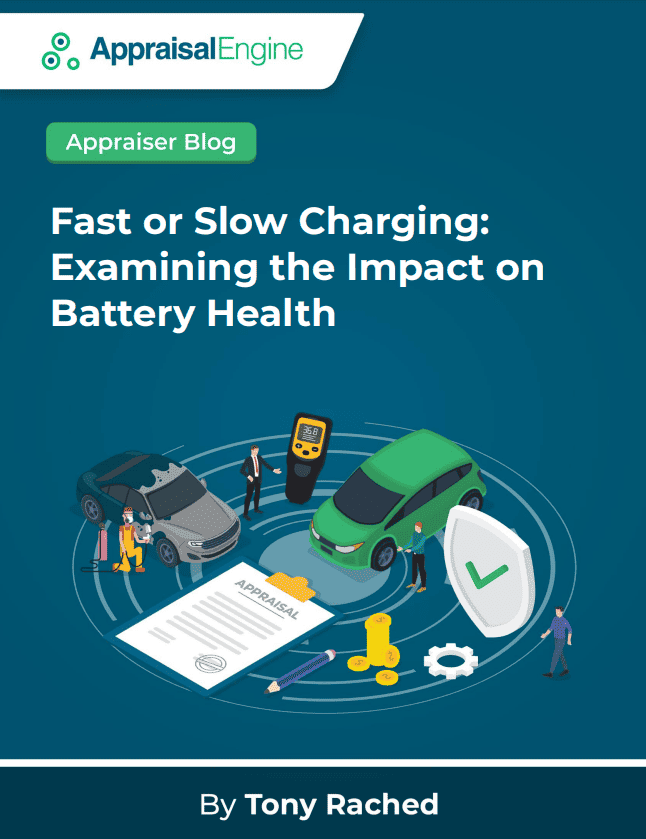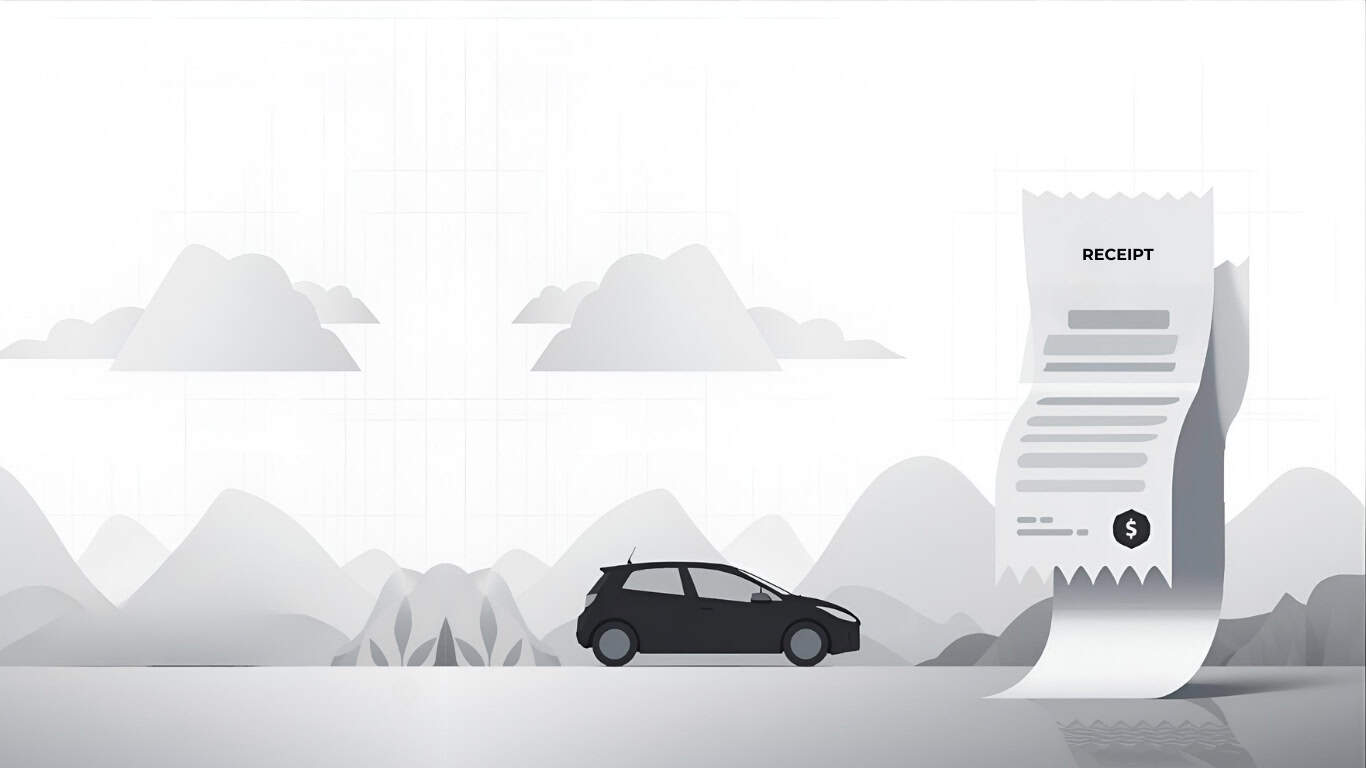Fast or Slow Charging: Examining the Impact on Battery Health (PDF)
Electric vehicle (EV) owners often ponder the effects of DC fast charging on their high-voltage batteries over the long term. In simpler terms, how much wear and tear does frequent fast charging inflict on the battery’s longevity?
In today’s world, where battery technology is omnipresent, people are increasingly conscious of the importance of caring for and maintaining their batteries, which are at the heart of EVs. Therefore, discussions surrounding battery longevity and the impact of charging speed are gaining prominence.
In this article, we aim to educate both current EV drivers and potential EV charger owners about how different charging speeds affect batteries. To achieve this, we need to delve into the intricacies of charging speeds and battery behavior. Let’s explore how slow and fast charging impact your car’s battery.

EV Charging Speeds
Broadly speaking, EV charging comes in three main categories: level 1, level 2, and level 3, also known as direct current fast chargers (DCFC). Although level 4 chargers are emerging, they have not yet undergone extensive testing.
- Level 1 chargers, akin to regular residential outlets, are the slowest and most affordable option. It often takes 40 to 50 hours to fully charge an all-electric vehicle.
- Level 2 chargers, specifically designed for EVs, are the most prevalent charging type. They can recharge an all-electric battery in approximately 4 to 10 hours. Both level 1 and level 2 chargers are considered “slow” chargers.
- Level 3 DCFC chargers, on the other hand, are the high-speed solution, commonly found along heavily trafficked routes where quick charging is essential. They can charge a battery from zero to 80 percent in as little as 20 minutes.
How Chargers (and Batteries) Operate
In the realm of electric charging, speed is directly linked to the volume of charge, which in turn affects temperature. Think of it like pouring hot coffee. If you pour it slowly, the heat dissipates as you go, resulting in a slower fill. However, if you pour the entire pot at once, you risk burning yourself.
Batteries operate under a similar principle. Charging speed primarily hinges on temperature control. Batteries become susceptible to damage when they exceed a certain temperature threshold, typically around 104 degrees Fahrenheit. Extreme temperatures, both cold and hot, can impact battery charging and overall performance. Battery cooling systems, either active or passive, are essential to mitigate temperature-related issues. Active cooling systems are more effective but also more expensive.
It’s important to note that charging and discharging a battery will inevitably cause degradation, similar to the wear and tear experienced by engines and electronic devices over time. Batteries are not impervious to the laws of physics. However, damaged battery cells can be repaired, potentially extending an EV battery’s lifespan by several years.
External Factors
Given that heat is the primary concern, external factors such as ambient temperature and your EV’s cooling systems play pivotal roles in battery health. Analogous to traditional vehicles, which are more likely to break down in hot weather, EV batteries are also sensitive to temperature conditions, affecting their lifespan.
Consequently, when deciding on a charger type, it’s crucial to consider both external temperatures and the effectiveness of your EV’s battery cooling systems.
A recent study conducted by Recurring Auto, analyzing charging data from more than 12,500 Tesla vehicles in the United States, sheds light on this matter. Surprisingly, the study reveals that the rate of range degradation is statistically similar between fast charging and conventional AC charging methods.
Preconditioning optimizes cell temperature before connecting the charging cable. It’s also advisable to avoid fast charging when the battery is at extremely low or high charge levels, as these conditions increase battery resistance and impose additional stress on it. To maximize battery lifespan, employing the preconditioning feature is critical, particularly in extreme weather conditions.
Opinions of Experts
Recurring Auto, a company specializing in vehicle and battery analysis for EVs, compared two groups of cars:
- those that primarily utilized fast charging (90% or more of the time);
- those that used it sparingly (less than 10% of the time).
The findings demonstrate minimal differences in range degradation between the two charging approaches.
However, the choice between DC and AC charging is not the sole factor influencing battery health. Extreme temperatures and battery charge levels (very low or very high) also exert significant effects on the battery’s long-term well-being.
Nonetheless, Recurrent’s study underscores the effectiveness of robust thermal, voltage, and battery management systems implemented by EV manufacturers in safeguarding batteries during routine fast charging.
Another study from 2020 observed that battery-powered vehicles, including both pure electric (EVs) and plug-in hybrid electric vehicles (PHEVs), experienced battery degradation ranging from zero to 4.1 percent in the first year. Notably, the 2019 Chevrolet Bolt EV exhibited the best performance, while the 2019 Mitsubishi Outlander PHEV demonstrated the least favorable results.
Distinguishing Slow Charging from Fast Charging
Electric vehicle charging relies on two types of electrical currents: alternating current (AC) and direct current (DC). You might recall debates about their merits from physics class.
Notably, an EV’s battery can only accept DC energy. At-home wall chargers utilize AC and typically involve either a standard 120-volt outlet (level 1) or a dedicated 240-volt circuit (level 2). AC must pass through an internal converter before it can charge the battery, resulting in a slower charging process, hence the term “slow chargers.” For instance, an AC level 2 home charger requires approximately 11 hours and 15 minutes to charge the Mercedes EQS 450 from 10 percent to 100 percent, while a level 1 charger may take even longer.
In contrast, fast charging stations (referred to as “level 3” chargers) incorporate a built-in converter and employ significantly higher voltage (up to 480 volts). This eliminates the need for internal conversion and enables much faster charging. Most rapid charging stations can replenish an EV’s battery to 80 percent in less than an hour. Remarkably, the EQS 450 only requires 31 minutes to reach 80 percent charge from 10 percent.
Comparing the Cost of EV Charging: When it comes to cost-effectiveness, AC holds an advantage over DC. AC electricity is known for its efficiency and adaptability to various voltage levels. Moreover, it experiences less energy loss over long distances compared to DC.
On average, residential energy costs for AC electricity in the United States amount to approximately sixteen cents per kilowatt-hour (kWh). In contrast, DC fast chargers typically charge either by the minute or by kWh. While fast charging stations are generally more expensive than charging at home, they remain considerably cheaper than refueling with gasoline.

Understanding the 80 Percent Charging Limit
Fast-charging stations often halt charging at 80 percent, a phenomenon worth explaining. Interestingly, the time it takes to charge a battery from 80 percent to 100 percent is approximately the same as charging it from 10 percent to 80 percent. The reason behind this strategy is twofold.
Firstly, fast chargers switch to alternating current (the “slow charge”) once the battery reaches 80 percent to conserve time and energy. This discourages drivers from fully charging to 100 percent, benefiting both station energy efficiency and reducing waiting times for other users.
Secondly, maintaining an 80 percent charge helps preserve battery life. Most EVs utilize lithium-ion batteries, which perform optimally within a mid-range charge level. They are not designed to withstand prolonged exposure to high voltages. Completing the charge slowly during the latter stage allows the battery’s ions to stabilize, thus safeguarding its integrity and overall health.
Is Fast Charging Detrimental to Your EV?
The short answer is no. Fast charging plays a crucial role in making electric vehicles practical for long-range transportation. Several safeguards are in place to protect your battery.
In addition to the 80 percent charging cap at fast charging stations, most lithium-ion batteries feature a built-in Battery Management System (BMS). This system monitors battery health, including voltage, temperature, and ion balance.
While slow charging remains the preferred method for preserving battery health, the occasional use of fast chargers for completing a journey does not significantly impact battery well-being.
For Mercedes Owners
When it comes to charging your electric Mercedes, you have two options: slow charging at home or fast charging at dedicated stations. Slow charging is a lengthier process, taking several hours to reach a full 100 percent battery capacity. In contrast, fast charging can boost the battery to 80 percent in approximately 30 minutes.
Both charging methods have their significance, contributing to driver convenience and battery durability. For an in-depth exploration of the science behind slow charging versus fast charging and when and how to employ them for optimal battery care, read our article.
Free Charging with Mercedes me Charge
Did you know that all Mercedes electric vehicles offer two years of complimentary charging at over 60,000 rapid charging stations nationwide? The Mercedes Me Charge app simplifies trip planning by providing access to the largest integrated charging network in the country. You can also use your MBUX navigation system to locate the nearest charger, making the charging experience more convenient.

Overview
For level 1 and level 2 chargers, charging speed poses minimal risk to your battery, barring extreme conditions. Unless you reside in an exceptionally hot region, both types of chargers are likely to keep your battery within the safe temperature range. Thus far, scientific evidence has not substantiated claims of battery degradation solely due to charging heat.
When selecting a charger for your property, factors such as installation costs and business requirements are more likely to influence your decision than concerns about battery damage, unless you live in a scorching climate.
If you’d like any further information or have specific questions, check our Auto Appraiser Blog for more related content.





